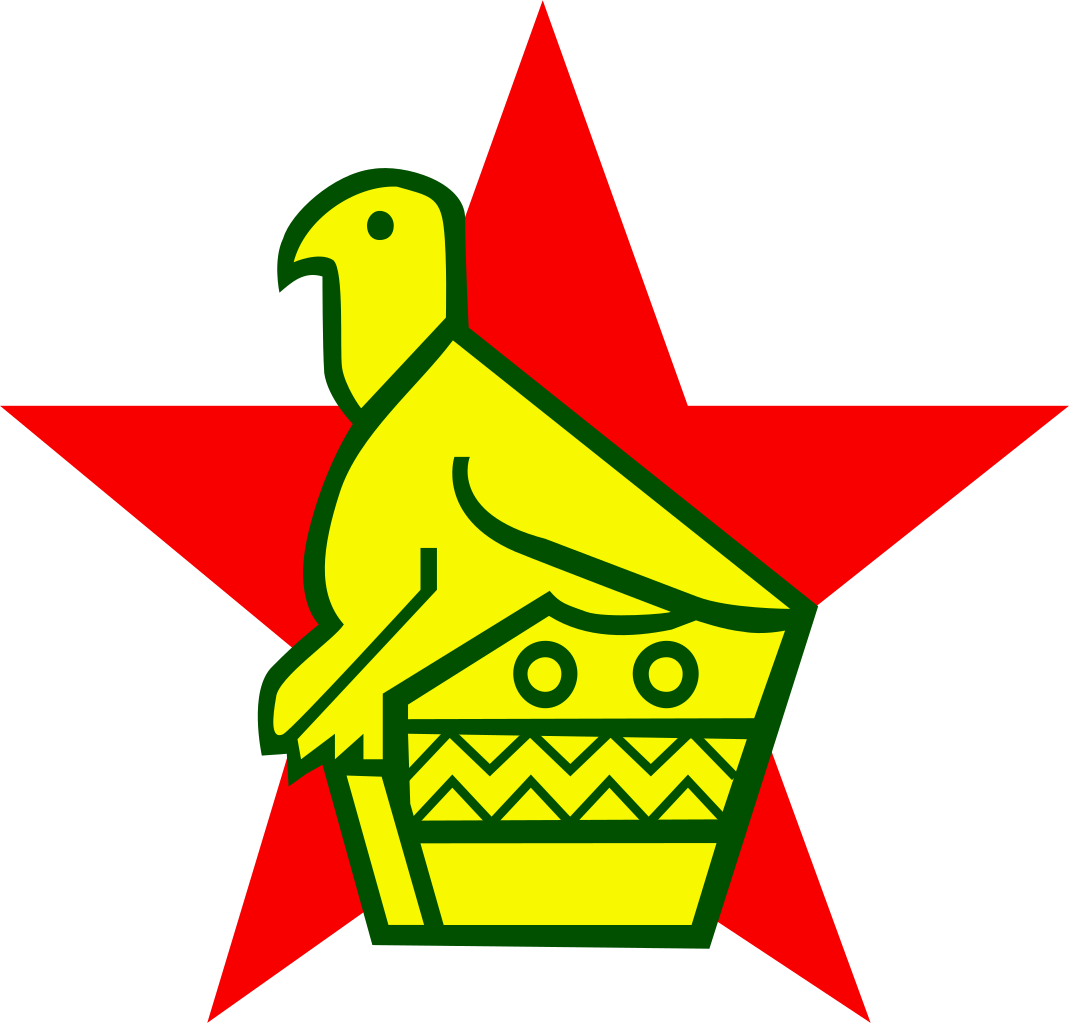You are using an out of date browser. It may not display this or other websites correctly.
Graphics Discussion/Help.
- Thread starter KBC
- Start date
sachin_rocks
International Cricketer
- Joined
- Feb 27, 2010
- Online Cricket Games Owned
Hey i am posting three steps of gimp 2.6.8 when i try to save as png what options should i select to achieve transparency and not turn transparent area to black or white
step 1

step 2

step 3

step 1
step 2
step 3
deathrevenge9
International Coach
Is there any difference in quality of PNG and JPG images?
Aoun13
Chairman of Selectors
- Joined
- Apr 2, 2008
- Location
- Rawalpindi (Pak)
- Profile Flag
- Pakistan
- Online Cricket Games Owned
- Don Bradman Cricket 14 - Steam PC
"JPEG (Joint Photography Experts Group) can produce a smaller file than PNG for photographic (and photo-like) images, since JPEG uses a lossy encoding method specifically designed for photographic image data, which is typically dominated by soft, low-contrast transitions, and an amount of noise or similar irregular structures. Using PNG instead of a high-quality JPEG for such images would result in a large increase in filesize (often 5–10 times) with negligible gain in quality.
PNG is a better choice than JPEG for storing images that contain text, line art, or other images with sharp transitions. Where an image contains both sharp transitions and photographic parts a choice must be made between the large but sharp PNG and a small JPEG with artifacts around sharp transitions. JPEG also does not support transparency.
JPEG is a worse choice for storing images that require further editing as it suffers from generation loss, whereas lossless formats do not. Since PNG's extreme inefficiency in compressing photographs makes it not useful for saving temporary photographs that require successive editing, the usual choice is a loss-less compression format designed for photographic images, such as lossless JPEG 2000, or Adobe DNG (Digital negative). When the photograph is ready to be distributed, it can then be saved as a JPEG, and this limits the information loss to just one generation. Furthermore, PNG does not provide a standard means of embedding Exif image data from sources such as digital cameras, which makes it problematic for use amongst photographers, especially professionals. TIFF, JPEG 2000, and DNG do support such meta data.
JPEG has historically been the format of choice for exporting images containing gradients, as it could handle the color depth much better than the GIF format. However, any compression by the JPEG would cause the gradient to become blurry, but a 24-bit PNG export of a gradient image often comes out identical to the source image, and at a small file size. As such, the PNG format is the optimal choice for exporting small, repeating gradients for web usage."
courtesy wikipedia
PNG is a better choice than JPEG for storing images that contain text, line art, or other images with sharp transitions. Where an image contains both sharp transitions and photographic parts a choice must be made between the large but sharp PNG and a small JPEG with artifacts around sharp transitions. JPEG also does not support transparency.
JPEG is a worse choice for storing images that require further editing as it suffers from generation loss, whereas lossless formats do not. Since PNG's extreme inefficiency in compressing photographs makes it not useful for saving temporary photographs that require successive editing, the usual choice is a loss-less compression format designed for photographic images, such as lossless JPEG 2000, or Adobe DNG (Digital negative). When the photograph is ready to be distributed, it can then be saved as a JPEG, and this limits the information loss to just one generation. Furthermore, PNG does not provide a standard means of embedding Exif image data from sources such as digital cameras, which makes it problematic for use amongst photographers, especially professionals. TIFF, JPEG 2000, and DNG do support such meta data.
JPEG has historically been the format of choice for exporting images containing gradients, as it could handle the color depth much better than the GIF format. However, any compression by the JPEG would cause the gradient to become blurry, but a 24-bit PNG export of a gradient image often comes out identical to the source image, and at a small file size. As such, the PNG format is the optimal choice for exporting small, repeating gradients for web usage."
courtesy wikipedia
Varun
ICC Board Member
- Joined
- Mar 14, 2009
- Location
- Delhi, India
- Online Cricket Games Owned
- Don Bradman Cricket 14 - Steam PC
Finally I have come to know about Splatter Brushes!
Expect a big turn in my graphics now!
Expect a big turn in my graphics now!
- Joined
- Feb 18, 2009
- Location
- London, UK
- Profile Flag
- England
- Online Cricket Games Owned
- Don Bradman Cricket 14 - Steam PC
Splatter Brushes won't make a major difference,May be the splatter brushes with Clipping Masks could make it better.Finally I have come to know about Splatter Brushes!
Expect a big turn in my graphics now!

Varun
ICC Board Member
- Joined
- Mar 14, 2009
- Location
- Delhi, India
- Online Cricket Games Owned
- Don Bradman Cricket 14 - Steam PC
Splatter Brushes won't make a major difference,May be the splatter brushes with Clipping Masks could make it better.
Besided that I have learnt a dozen of new techniques. Fire effect, Grunge, Tech etc. And clipping mask too.

Varun
ICC Board Member
- Joined
- Mar 14, 2009
- Location
- Delhi, India
- Online Cricket Games Owned
- Don Bradman Cricket 14 - Steam PC
Can someone provide me "X-Brushes" comaptible with Photoshop 7 ?
Finally I have come to know about Splatter Brushes!
Expect a big turn in my graphics now!
Splatter brushes are like mad creativity in form. You'd be surprised where you'd be after a month or so with experimenting them.

Varun
ICC Board Member
- Joined
- Mar 14, 2009
- Location
- Delhi, India
- Online Cricket Games Owned
- Don Bradman Cricket 14 - Steam PC
Meet
Chairman of Selectors
- Joined
- Feb 8, 2009
- Location
- Bhavnagar, Gujarat
Its easy:
*When you have made the "X-Brushes"
*Go to edit->define brushes, give the name and enjoy

*When you have made the "X-Brushes"
*Go to edit->define brushes, give the name and enjoy

yeah. Probably I'll tell you how to do the X as well. It's pretty easy, and ever grand technique for smudge-lovers.
So I'll write up the representation from my brain, should go well:
Make a 200 x 200 document, set the Background to Transparent
Take the Text tool, and type X off your favourite font. A standard "X" from a standard font would be nice but your liking.
After you've done that, just go to edit and define brushes at the near bottom.
Define the sample and you're done.
So I'll write up the representation from my brain, should go well:
Make a 200 x 200 document, set the Background to Transparent
Take the Text tool, and type X off your favourite font. A standard "X" from a standard font would be nice but your liking.
After you've done that, just go to edit and define brushes at the near bottom.
Define the sample and you're done.
AsadAbrar
International Coach
Which font is this,Click to view the font's pic
Aoun13
Chairman of Selectors
- Joined
- Apr 2, 2008
- Location
- Rawalpindi (Pak)
- Profile Flag
- Pakistan
- Online Cricket Games Owned
- Don Bradman Cricket 14 - Steam PC
^^ probably it's a custom font.
Similar threads
- Replies
- 44
- Views
- 5K
- Replies
- 118
- Views
- 11K
Users who are viewing this thread
Total: 1 (members: 0, guests: 1)





